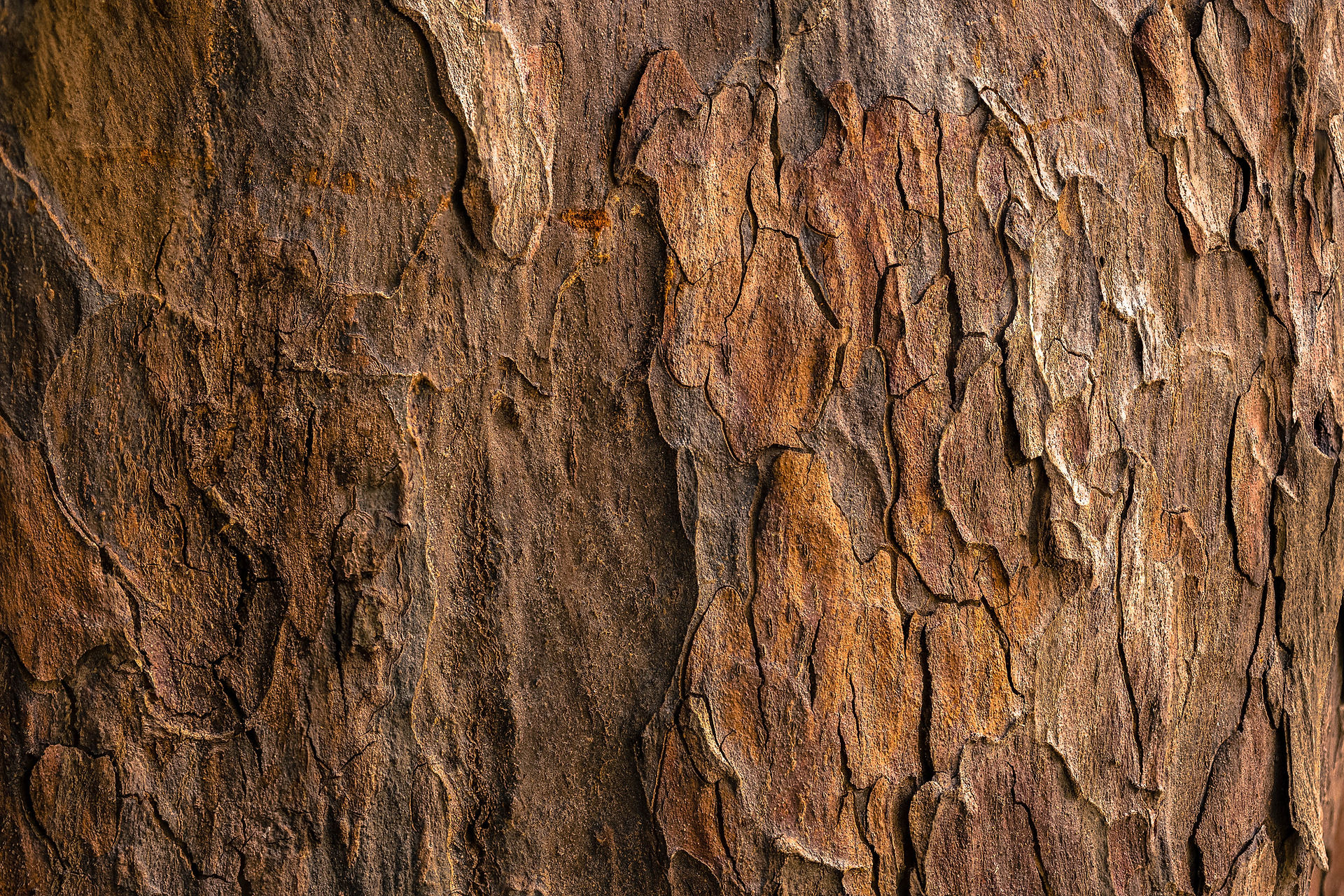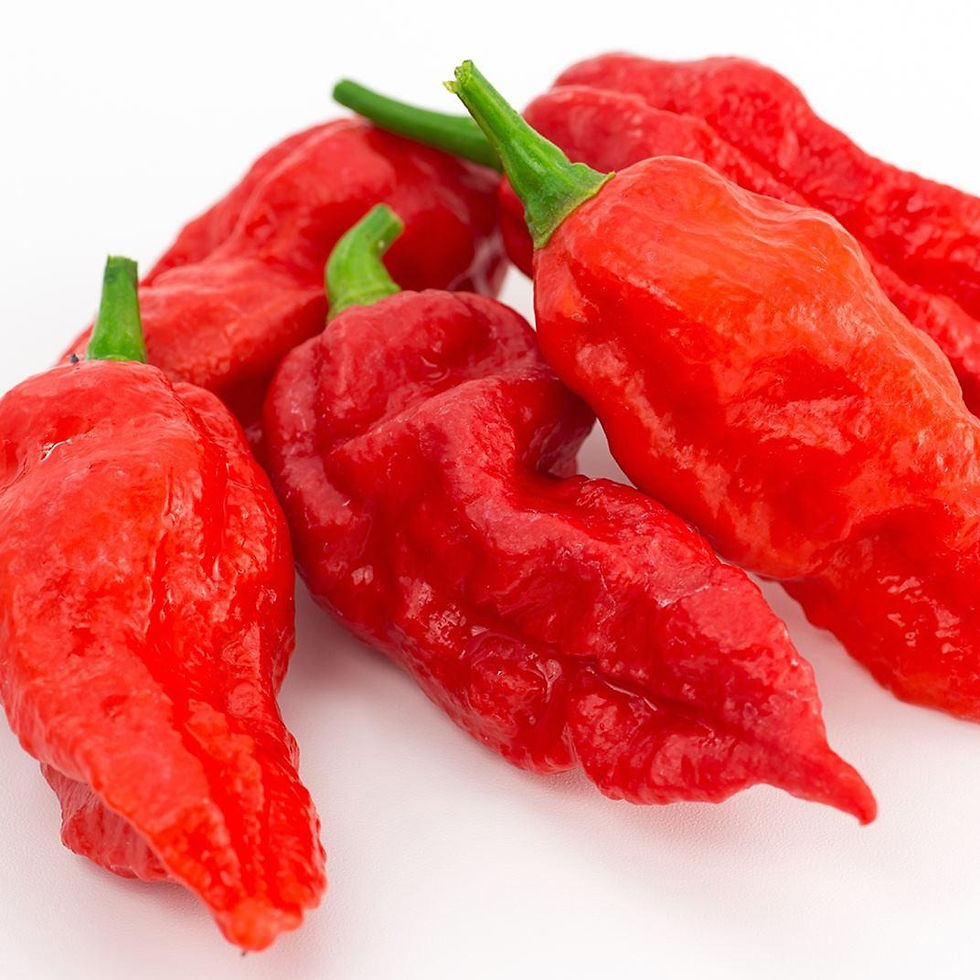ANTHRACITE COAL
Anthracite:
The Hard, Clean-Burning Coal That Fueled an Era
Anthracite is a hard, compact variety of coal with a submetallic luster.It is the highest-ranking and most metamorphosed type of coal, characterized by the highest carbon content, the fewest impurities, and the highest energy density of all coals. Often referred to as "hard coal," it is known for its clean-burning properties, producing a hot, blue flame with little smoke or soot.
Properties and Formation
Anthracite is distinguished by its physical and chemical properties. It is a dense, hard, and brittle rock that is clean to the touch.Its high carbon content, typically between 86% and 97%, and low percentage of volatile matter are key to its unique combustion characteristics.This composition allows it to burn slowly while generating a significant amount of heat.
The formation of anthracite is a result of a lengthy geological process. It begins with the accumulation of plant matter in ancient swamps, which over millions of years is buried and compressed to form peat and then other ranks of coal like lignite and bituminous coal.Anthracite is formed when bituminous coal is subjected to immense heat and pressure, a process known as metamorphism, which drives out more of the volatile compounds and concentrates the carbon.This process often occurred in geologically deformed areas, such as the folded sedimentary rocks of northeastern Pennsylvania.
A Cornerstone of the Industrial Revolution
The history of anthracite is deeply intertwined with the Industrial Revolution, particularly in the United States. While known to exist earlier, its widespread use began in the early 19th century after methods were developed to ignite and burn it effectively.The discovery of vast deposits in northeastern Pennsylvania, the largest in the world, proved to be a pivotal moment.
The development of infrastructure, such as canals and railroads, was crucial for transporting anthracite from the mines to burgeoning industrial centers. This readily available and potent fuel source powered the furnaces of iron and steel mills, fueled the steam engines of factories and locomotives, and heated homes and businesses, fundamentally transforming the American economy and landscape.The demand for anthracite spurred the growth of mining towns and attracted waves of immigrant labor, shaping the demographic and social fabric of regions like Pennsylvania's Coal Region.
Global Production and Modern Uses
Globally, anthracite accounts for about 1% of total coal reserves and is mined in only a few countries.China is the world's largest producer of anthracite, accounting for the majority of global output.Other significant producers include Russia, Ukraine, Vietnam, South Africa, and the United States.
While its use for residential heating has declined with the advent of other fuels, anthracite continues to be utilized in several key sectors:
Domestic Fuel: In some regions, it is still used in hand-fired stoves and automatic stokers for home heating due to its high heat output and clean-burning nature.
Industrial Processes: High-grade and ultra-high-grade anthracite are used in metallurgical processes as a substitute for coke in steelmaking, in the production of ferroalloys, and in other applications requiring high heat and carbon content.
Water Filtration: Crushed anthracite is an effective filter medium for water purification due to its density and hardness.
Power Generation: Standard-grade anthracite is used in some power plants to generate electricity.
Environmental and Social Impact
The environmental impact of anthracite, while generally considered less severe than that of other coals, is still significant.
Mining Impacts:
Land Disturbance: Both underground and surface mining can drastically alter landscapes, leading to soil erosion and habitat destruction.
Acid Mine Drainage: A major environmental issue is the formation of acidic water that leaches from abandoned mines, contaminating streams and groundwater with heavy metals.
Waste Coal: Piles of waste coal, known as culm, can leach pollutants into the environment and are susceptible to catching fire.
Combustion Impacts:
Air Pollution: While anthracite burns cleaner than other coals, it still releases sulfur dioxide (SO2) and nitrogen oxides (NOx), which contribute to acid rain and respiratory problems. It also emits particulate matter, or soot, which can have adverse health effects.
Carbon Dioxide Emissions: As a fossil fuel, the combustion of anthracite releases significant amounts of carbon dioxide (CO2), a primary greenhouse gas contributing to climate change.
The anthracite industry has also had a profound and often difficult social impact, particularly in regions where it was the dominant economic force. The life of an anthracite miner was arduous and dangerous, with the constant threats of explosions, cave-ins, and respiratory illnesses like black lung disease. The rise of the industry led to the creation of company towns, where the mining companies controlled nearly every aspect of the residents' lives. The subsequent decline of the anthracite industry in the mid-20th century, due to competition from other fuels and mining disasters, led to widespread unemployment, economic depression, and the out-migration of populations from these once-thriving communities, leaving a lasting legacy on the social and economic landscape.
TERMS AND CONDITIONS
NO REFUNDS
NO EXCHANGES
NO RETURNS
































